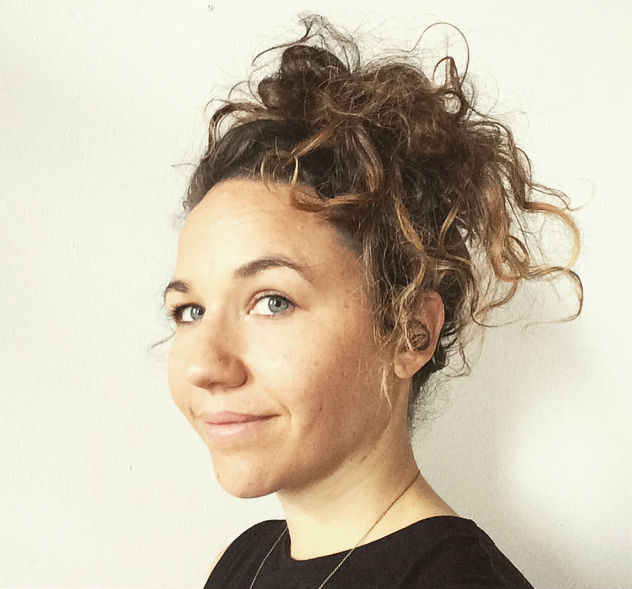Skillshare is Making DIY Education a Reality for Both Teachers and Students
Artist Mary Kate McDevitt has taught five classes to over 50,000 students. She doesn’t take attendance, keep grades, or offer pop quizzes. In fact, McDevitt doesn’t show up to a classroom.
McDevitt is a full-time freelance letterer and illustrator in Philadelphia with a unique style that is both modern and eye-catching with vintage leanings. She’s also the poster child for online learning community Skillshare, which offers around 1,500 classes on design, business and writing, among other things. McDevitt’s hand-lettering 101 course, her first as a teacher, enrolled 28,000 students and was Skillshare’s top course in 2014.
“We’re not looking for academic teachers to teach on Skillshare. We’re redefining teaching as people who are passionate about their craft and good at what they do. We found Mary Kate because we truly love what she does,” said Abigail Besdin, content team Lead at Skillshare.
New York City-based Skillshare was founded in 2011 by a team of 11 lifelong learners who wanted to create a more interactive, egalitarian method of teaching and learning. At the time, existing learning tools like YouTube massive open online courses (MOOCs) made classes more accessible but took a “very traditional scale learning model and put it on the Internet.” In a MOOC, students were anonymized and Besdin found that she had little motivation to watch a long course or take a test.
The secret sauce to education transformation is in project-based learning, Besdin said. In most Skillshare classes, students will work on a project throughout the course or make something at the end with the skills they’ve learned.
“There’s whole universe of people who learn this way, who maybe went to a creative program for school and this is how they learn. Then they may have fallen off a cliff because other online learning opportunities are too academic,” Besdin said. “Or maybe they didn’t do well in school because they didn’t learn in that traditional way.”
This kind of learning is particularly suited for creative classes and Skillshare has a large graphic design community. There are fewer academic courses on the site because those are typically less project-focused. Skillshare has approximately 1,000 teachers and its 1 million students are equally split by gender.
“The product feels really good where it is right now. We want to have 10,000 courses by this time next year,” Besdin said, adding that Skillshare wants to continue its success with design but also add more business classes.
While Skillshare doesn’t recruit much these days (McDevitt was among the first and only teachers the company reached out to), Besdin said getting professionals to consider teaching has been a major challenge. Teachers’ videos should feel relaxed, hands on and engaging for everyone—though many people are shy about being on camera.
Although Skillshare doesn’t do video production for teachers—they’re encouraged to use Skillshare’s video tutorials in a teacher-becomes-the-student fashion. The company has six producers on staff that provide educational resources and feedback for its home teachers.
“We see them more as coaches than producers,” Besdin said.
-

-

-

-

-

-

-

-

-

-

-

-

-

-

-

-

-

-

-

-

-

-

-

-

-

-

-

-

-

-

-

-

-

-

-

-

-

-

-

-











































